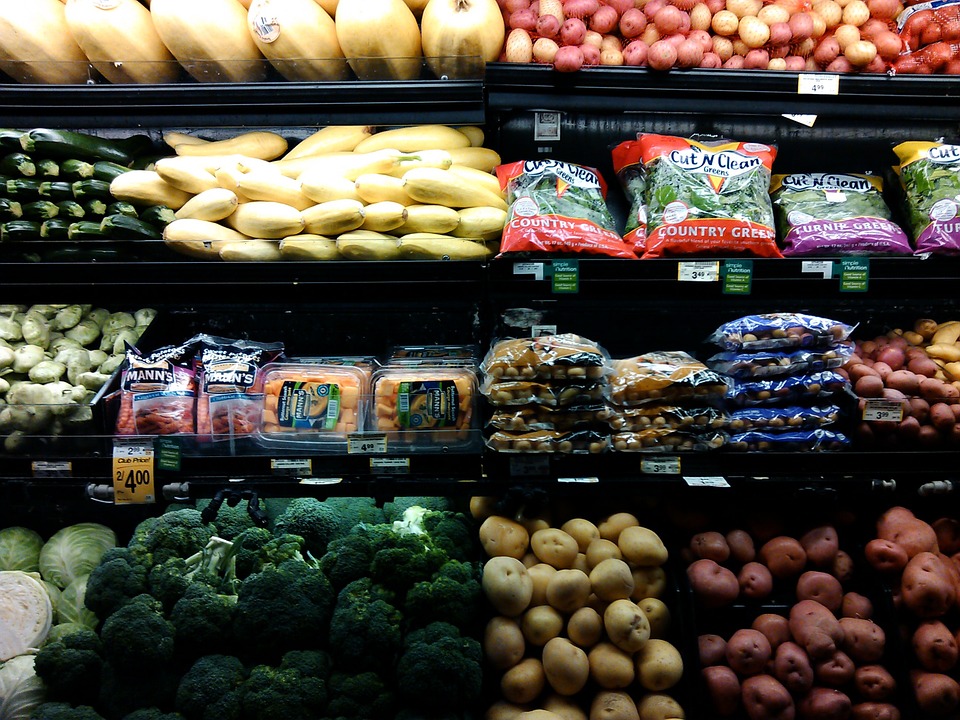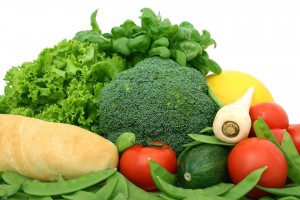By: Kelly Hodgins
Editor’s Note: This article originally appeared in The Conversation Canada.
 As consumers become increasingly dissatisfied with conventional, large-scale food systems, they are seeking ways to reconnect with their food. For the wealthy, that translates into a turn toward what we call the “alternative food system.”
As consumers become increasingly dissatisfied with conventional, large-scale food systems, they are seeking ways to reconnect with their food. For the wealthy, that translates into a turn toward what we call the “alternative food system.”
My extensive research into North American food insecurity examines the inequality inherent in that trend. It highlights that only people who can afford to “vote with their forks” are able to support this emerging food system — one that is understood to be more ethical, more sustainable and more transparent.
My research also discusses options for smoothing out the inequality in the alternative food movement, and lands on policy change as a major solution.
Before you throw your hands up, saying policy change is a challenge someone else should tackle, I invite you to read on, because I also uncovered major problems with our societal attitudes. These are what you and I need to explore — and tackle directly — if we have any hope of implementing the necessary policy changes.
Low-income people unfairly stereotyped
My interviews revealed that alternative food retailers lacked awareness or concern about low-income Canadians facing food insecurity. When asking about widening food access to this demographic, it wasn’t uncommon to hear responses like: “We really don’t think about that very much. We don’t help people that much.”
This is perhaps understandable, given these retailers’ focus on supporting small farmers. However, in the conversations spurred by publishing this research, I have come to realize that everyday Canadians are also oblivious to poverty-induced food insecurity that afflicts one in eight households in Canada. Worse still, this ignorance feeds into a larger societal discourse: one that views people living in poverty negatively.
Other researchers have found that when it comes to food, people of low socioeconomic status are understood to have fewer food skills, less knowledge about food and less desire for nutritious foods. These assumptions are invalid but pervasive.
I heard participants say things like: “A lot of low-income people are used to highly processed foods … and may not buy fresh or local if it were less expensive.” Or: “They haven’t made the connection … that food is going into my body, and that’s the most important thing that I can do for my own health.” These opinions are based on little, if any, evidence.
Unpacking assumptions
It is important to remember that food access is a product of three distinct factors: physical, economic and informational. Interestingly, though, we have a tendency to neglect the first two — our proximity to healthy food and our ability to afford it. Instead, we blame the individual, characterizing someone who doesn’t make “good” food choices as uninformed.

A great example comes from one of my participants who reasoned that if educated, middle-class consumers don’t always buy her food, why would lower-income, “less educated” people? Problematically, her response conflates low income with low education. Further, it perpetuates an idea that food access is only a matter of “choice.” It’s not: Remember, physical and economic barriers to accessing healthy food are immense, and these aren’t the fault — or the choice — of an individual.
I also heard: “They don’t know how to deal with fresh vegetables day after day,” which again reflects a perception that low-income consumers are one homogeneous group — one that is somehow less knowledgeable about food than anyone with a higher income. In fact, many Canadians don’t know how to prepare fresh vegetables day after day. Wealthy shoppers, however, can disguise their lack of culinary skills by eating out or purchasing prepared foods.
‘What’s the point?’
Many in broader society have asked with condescension “what is the point” of this research, employing tired generalizations that “poor people” are accustomed to food bank handouts, and that they wouldn’t want healthy food if it were given to them.

As I discuss in my research, policy changes are critically necessary to break down these food system hierarchies. However, it’s important to recognize that shopping spaces (whether markets, shops or stores) are shaped by the political systems and sociocultural contexts in which they exist.
For as long as socially constructed attitudes perpetuate oppressive stereotypes about “what low-income people want,” we can’t work toward eliminating inequalities in the food system.
Policy changes are necessary to make healthy food affordable (without putting farmers out of business) and to lift all Canadians to a point where they can afford to buy it. But such policy change requires a shift in societal attitudes, where Canadians demand that food should be a right.
I am not envisioning a future where everyone purchases $5 bundles of organic kale and swears off Kraft Dinner. Instead, I advocate for consumer agency when it comes to food access. With increased agency and capacity, Canadians can purchase what they wish: heirloom tomatoes or canned tomato soup. It’s about choice.
If we want all Canadians to have access to culturally appropriate, nutritious food, we need to deconstruct these negative assumptions, increase our collective level of empathy and advocate for food justice, so that everyone can choose the foods they like in a country that overflows with abundance.
Kelly Hodgins is coordinator of Feeding 9 Billion at the University of Guelph’s Arrell Food Institute.